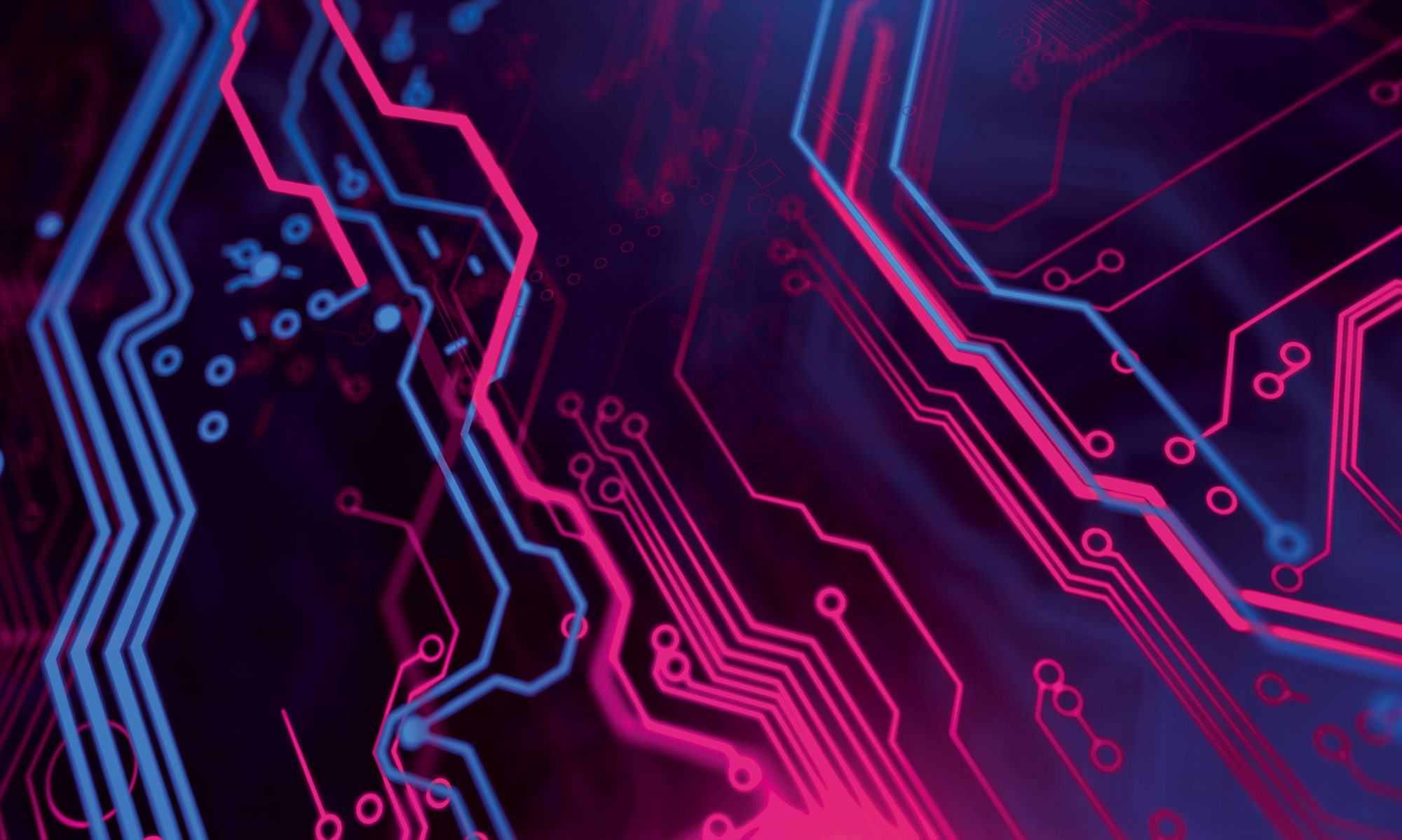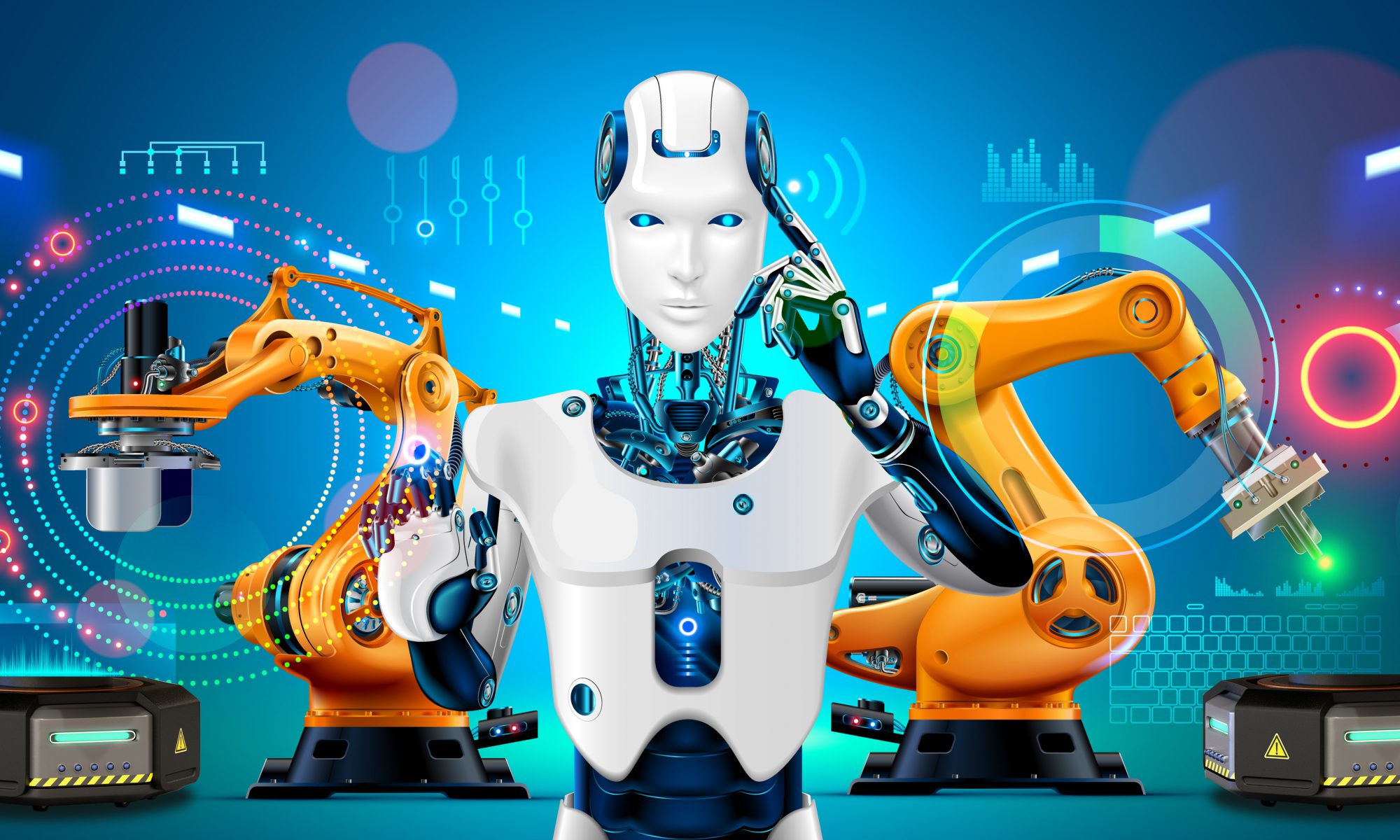General Information
Robotics is a field of study and emerging technology which intersects engineering and computer science. It combines elements of electronics, mechanics, and software programming to design, construct, operate, and apply machines for various commercial and industrial uses. Generally, these machines are built with the intention of automating processes typically performed by humans. Manufacturing processes, as well as tasks in hazardous environments that could be dangerous for humans are typically those that robotics aims to replace. Subcategories of robotics are artificial intelligence and machine learning, as well as biomimicry, both of which aim to innovate technologies that are inspired by nature, the human brain, and anatomy.
Technical Information
Robotics requires incredible detail, precision, and coordination of all involved disciplines. Essentially, robots are computers, they are programmed to perform certain tasks and encased in bodies that are specifically designed to optimise those tasks.
Taking into consideration all constraints, mechanical engineers perform static and dynamic analyses and design processes in order to ensure that the machines structures and mechanics can withstand all environmental conditions and meet performance requirements. In collaboration, electrical engineers and computer scientists will then design specified systems of circuity and software to both operate the machine for its intended use, as well as optimise its efficiency and power use.
History of Robotics
The concept of robots dates back to ancient times, artificial servants and companions can be found in Greek, Egyptian, Chinese, Indian, and European mythology and lore. However, the first commercial “human-like” robot was built in 1954 by George Devol, it was called Unimate. The name was derived from the terms “Universal Automation”, and it is now considered to foundation of the modern robotics industry.
Since the 1950s, the field of robotics has expanded at exponential rates due in part to the introduction of transistors in computers, which allowed computing and programming to be applied to automation. By 1959, the Massachusetts Institute of Technology introduced computer assisted manufacturing. Robotics is now present in many industrial, commercial, and entertainment applications.
Impact of Robotics
Innovative robotics has revolutionised many industries and fields of study. From medicine to children’s toys, since its conception in the middle of the twentieth century, robotics has become widespread and accessible. Robotic prostheses have improved the quality of life for many disabled individuals. Drones have applications in agriculture, shipping fulfilment, the military and many other fields. Many people even have robotic vacuum cleaners in their homes.
While the application of robots in industry has increased efficiently, and decreased workplace hazards, the continual automation of jobs is a growing concern for the working class. According to a study conducted about the impact of robots on the on the job market in Germany, there is no evidence that robots cause any net job market losses. That being said, the study did find that the composition of jobs in the market had been impacted, decreasing jobs in the manufacturing sector and a proportional increase to jobs in the servicing sector.
Future Developments of Robotics
Because robotics is a fairly young science we have yet as a society to see its full potential and impact of society. The futures of robotics in the fields of education, medicine, construction, and more are vast and bright. These developments are currently being facilitated by multidisciplinary collaborations, resulting in technologies that utilise the best of robotics, artificial intelligence, biology and even art.
Future developments of robotics will likely include heavy influences of artificial intelligence and machine learning. When applied to robotics, these concepts will allow the production of robots to be optimised because instead of having to program robots to complete specified tasks, a robot can be programmed to learn how to complete tasks. Thus, one robot can be applied to a varied set of processes.
Future developments of robotics will likely include heavy influences of artificial intelligence and machine learning. When applied to robotics, these concepts will allow the production of robots to be optimised because instead of having to program robots to complete specified tasks, a robot can be programmed to learn how to complete tasks. Thus, one robot can be applied to a varied set of processes.That being said, with these innovations, and with robotics becoming increasingly pervasive, codes of ethics and conduct will have to be developed and enforced.
References
MacKerrow, P., 1998. Introduction to robotics. Sydney: Addison-Wesley.
Reddy, R. (2006). Robotics and Intelligent Systems in Support of Society. IEEE Intelligent Systems, 21(3), pp.24–31.
Dauth, W., Findeisen, S., Suedekum, J. and Woessner, N. (2017). German Robots – The Impact of Industrial Robots on Workers. CEPR Discussion Paper, (DP12306).
Borenstein, J. and Arkin, R. (2015). Robotic Nudges: The Ethics of Engineering a More Socially Just Human Being. Science and Engineering Ethics, 22(1), pp.31–46.
Kurfess, T.R. (2015). Robotics and automation handbook. Boca Raton: Crc Press.


I must thank you for the efforts you’ve put in writing this blog.
I am hoping to check out the same high-grade blog posts from you later on as well.
In truth, your creative writing abilities has motivated me to get my own blog now 😉